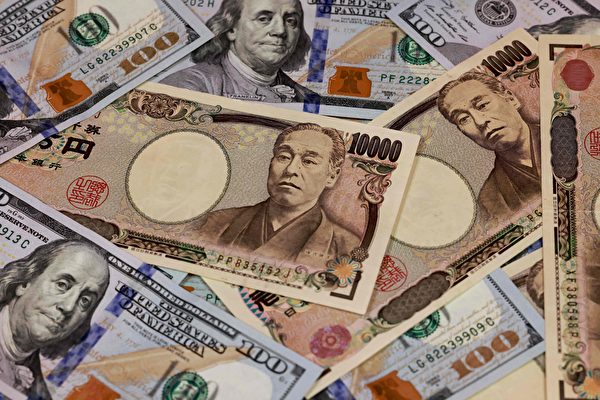The Bank of Japan (BOJ) announced on Friday (26th) that it would maintain its interest rates unchanged, causing the Japanese yen to fall below 156 yen against the US dollar, the lowest level since 1990. This move indicates that the Japanese monetary authorities are still maintaining a cautious stance on the issue of raising interest rates, and the market remains vigilant against signs of government intervention.
The financial policy decision made at this meeting is the first meeting after the first interest rate hike in 17 years in Japan. The BOJ kept its benchmark interest rate at the current level of 0-0.1%, only slightly raising inflation expectations. The BOJ currently predicts that the annual inflation rate excluding fresh food for this fiscal year will be 2.8%, higher than the previous estimate of 2.4%.
Regarding the reasons for the policy decision, BOJ Governor Haruhiko Kuroda stated at a press conference in the afternoon that the depreciation of the yen has little impact on the baseline inflation rate. However, if the yen weakens, it may have a significant impact on wage and price cycles, prompting consideration of measures such as raising interest rates as part of monetary policy responses. Japanese Finance Minister Toshimitsu Suzuki stated that he is closely monitoring currency trends and is prepared to take comprehensive measures to address them.
Reuters on the 26th quoted Rodrigo Catril, a strategist at the National Australia Bank, as saying, “Due to the lack of guidance from the Bank of Japan, the currency trend is sure to disappoint. … The BOJ’s policy is too loose, which is why the currency is so weak. The central bank has the ability to address this issue by changing its policies. If it does not intend to do so, then we should not expect the yen to strengthen.”
Joe Capurso, International Economics Chief at the Commonwealth Bank of Australia, told Reuters, “If the US dollar continues to rise against the yen, intervention would not be surprising… because the yen has weakened significantly, and Japanese officials have openly resisted it on several occasions.”
The yen has fallen by 9.7% against the US dollar this year, the largest drop among G10 currencies. This is mainly due to the significant difference in government bond yields between the US and Japan, with a yield spread of up to 375 basis points.
In other regions, the US dollar fell due to lower-than-expected US economic growth data, despite a rise in bond yields due to higher-than-expected inflation indicators. Data shows that US economic growth in the first quarter was the slowest in nearly two years.
The euro rose by 0.3% on Thursday to a two-week high of $1.0728. The annual growth rate was 1.6%, lower than the economist’s forecast of 2.4%. The Australian dollar was boosted by inflation data exceeding expectations this week, briefly breaking through the 200-day moving average in Asian trading on Friday, reaching $0.6539 before closing at $0.6522. The pound rose by 0.4% on Thursday, closing at $1.2503. The New Zealand dollar slightly strengthened in early Asian trading, closing at $0.5960, with gains in the previous four trading days.

